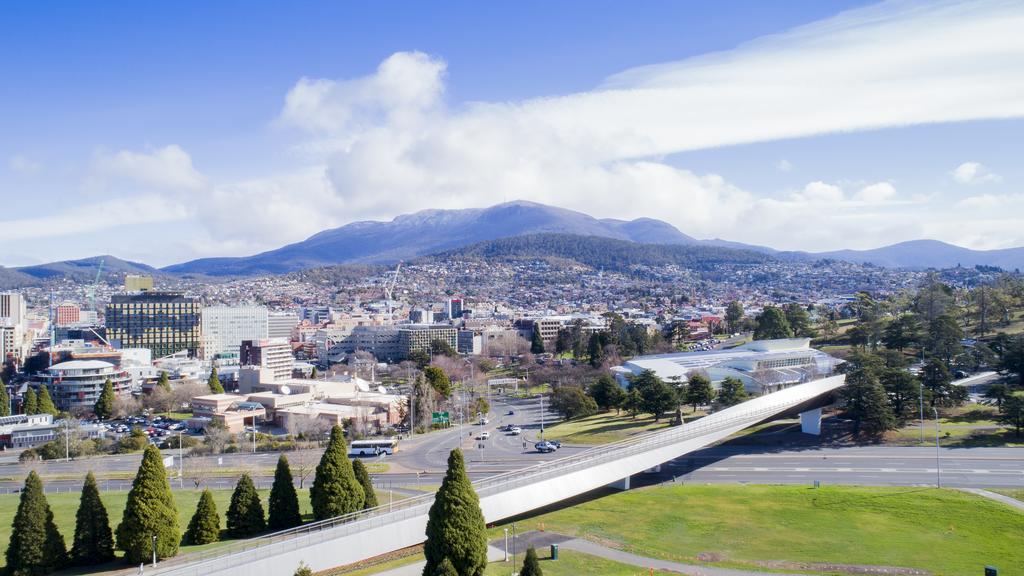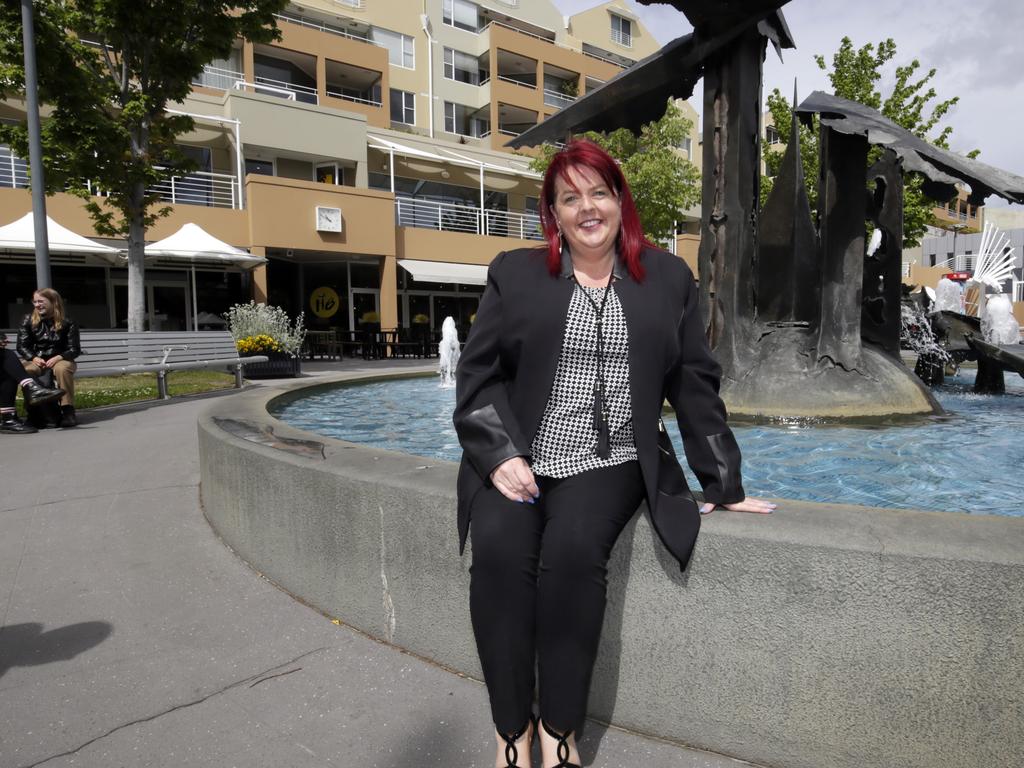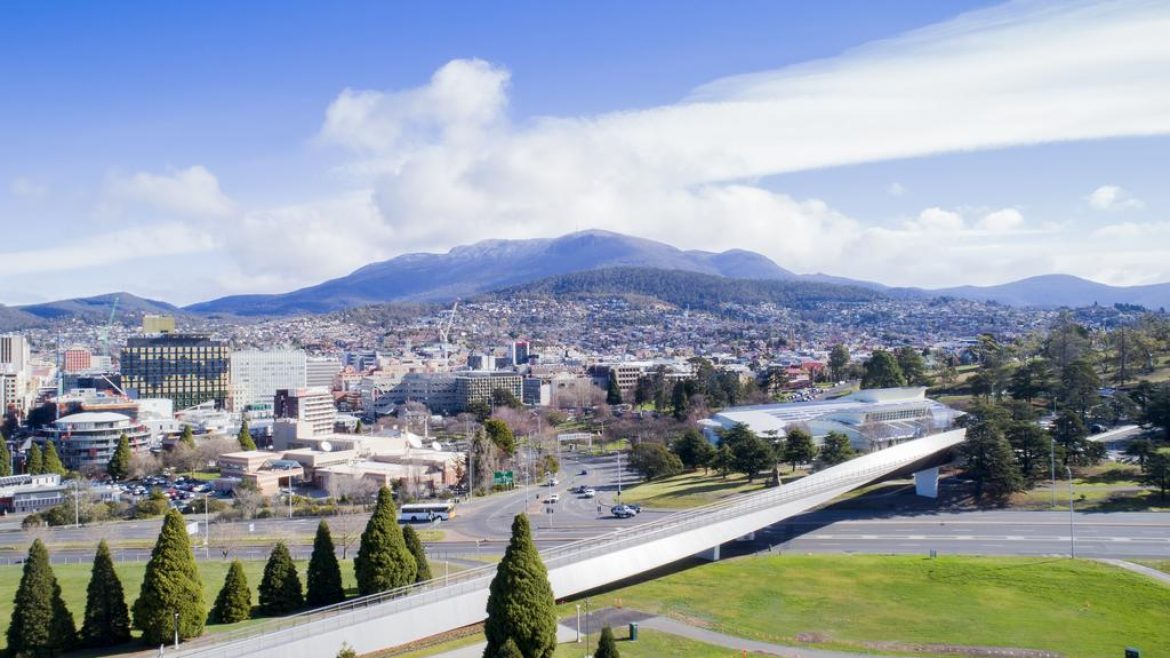
COVID-19’s impact could be a property price stabilisation in Hobart.
FROM an extreme shortage of listings to the natural market downshift that follows a property boom cycle to the coronavirus, a huge range of factors have impacted Hobart’s property market in the past year.
And yet, median price growth in some southern Tassie suburbs simply cannot be derailed.
The Mercury has analysed realestate.com.au figures which reveal several locations that have recorded strong growth in the past 12 months compared to the same time of the previous year. Looking at houses and units separately, there were five suburbs where the annual median price growth for houses ranged from 18 per cent (Lewisham) up to 23.6 per cent (Clarendon Value). In the units sector, Battery Point led the charge with a whopping growth figure of 43.7 per cent across 28 sales while West Hobart’s median jumped up by 30.9 per cent.

Real Estate Institute of Tasmania president Mandy Welling.
Real Estate Institute of Tasmania president Mandy Welling said with affordability in and around the Hobart CBD becoming further out of reach, it was not surprising to see considerable growth of house sale prices in areas such as Primrose Sands, Dodges Ferry and Lewisham.
Mandy said ever increasing markets like Hobart in recent years will see buyers branch further out into the suburbs and consider a commute for the sake of affordability and value for money.
“These wonderful coastal communities offer exactly that,” she said. “The statistics from realestate.com.au show some considerable increases, which was a nice surprise, especially for those who already own real estate in these suburbs.”
Mandy said the sale prices of units in inner city regions like Battery Point, Mount Stuart and West Hobart reflect a robust and confident marketplace. “The most impressive figure here would be an almost 50 per cent increase in the value of a unit in Battery Point,” she said.
While some suburbs grew, others saw the median price decline over the past year, such as North Hobart and Forcett houses (-7.6 per cent and -7.8 per cent) alongside units in South Hobart and Moonah (-19.8 per cent and -5.2 per cent).
With regards to the suburbs displaying declines, Mandy said there was not anything to be concerned about. “Looking at the top five unit and house suburbs, the majority of those percentages are quite low in the range of -3 per cent to -7.8 per cent,” she said. “The standout here was the -19.8 per cent decline in South Hobart area, but I think we are all confident this is not a true reflection of the activity in the area now.”

realestate.com.au chief economist Nerida Conisbee.
Chief economist at realestate.com.au Nerida Conisbee said while COVID-19 will “probably” lead to prices stabilising or coming backward in Hobart, this was not necessarily a bad thing. “We often celebrate price growth but sometimes it is better to be stable than booming,” she said. “I think that is probably what will happen in Hobart, improved stability.
“It is interesting that Tasmania still has such an imbalance in supply and demand, however we have not seen a drop off in activity on the site, which you might expect.”
The post Where Hobart property prices are climbing and slipping most appeared first on realestate.com.au.

